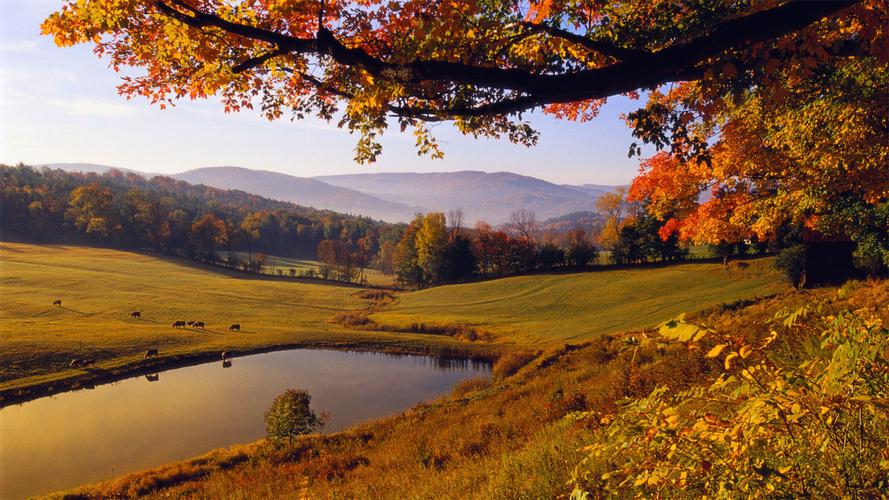The Evolution of Informational Documentaries: From Educational Tools to Cultural Phenomenon
Over the years, documentaries have evolved from being purely educational tools to captivating cultural phenomena that engage and inform audiences worldwide. From the early days of cinema to the digital age, documentarians have continually adapted their techniques to capture the changing nature of society and culture. In this article, we will explore the evolution of informational documentaries from their origins to today and understand how they have become an integral part of popular culture.
Origins of Informational Documentaries
The first documentaries emerged in the early 1920s, with Robert Flaherty’s ‘Nanook of the North’ being one of the earliest examples. These documentaries were mainly educational and used to inform and educate people about different cultures and lifestyles worldwide, but lacked the narrative and cinematic techniques that we see in modern-day documentaries. These early films provided the foundation for the development of documentary filmmaking as a genre of cinema.
Golden Age of Informational Documentaries
The documentary genre enjoyed massive popularity during the 1950s and 60s. During this period, filmmakers infused the educational aspect with entertaining and informative storytelling, engaging audiences with real-life stories and stunning visuals. The golden age of informational documentaries coincided with several significant global events, including the Cold War and the Civil Rights movement, which added to the compelling subject matter of films during that time.
Modern Era of Informational Documentaries
Today, informational documentaries have seen a resurgence in popularity, largely due to advancements in technology that have made it easier and less expensive to produce them. The rise of streaming platforms like Netflix and Amazon Prime has also been instrumental in bringing the genre closer to audiences. Documentaries have become a highly sought-after genre of entertainment, particularly among younger audiences who value authenticity and real-life stories.
Documentaries like ‘Making a Murderer,’ ‘Tiger King’ and ‘Murder Amongst Mormons’ have become worldwide sensations, highlighting an increased interest in true-crime stories and illuminating some of the darker aspects of society. On the other hand, series like David Attenborough’s ‘Planet Earth’ have brought awareness to issues surrounding climate change and environmental conservation. Documentaries are no longer confined to the movie theater but are now produced as series, one-offs, and streaming services that make them accessible to millions of viewers worldwide.
Conclusion
Informational documentaries have come a long way since their inception. From being simple educational tools, they have evolved into a staple of popular culture, captivating audiences worldwide. Technological advancements have opened up new possibilities, allowing filmmakers to tell stories in ways unimaginable a few decades ago. The relevance and popularity of documentaries are set to grow as they inform, entertain, educate and inspire audiences across generations and cultures.
(Note: Do you have knowledge or insights to share? Unlock new opportunities and expand your reach by joining our authors team. Click Registration to join us and share your expertise with our readers.)
